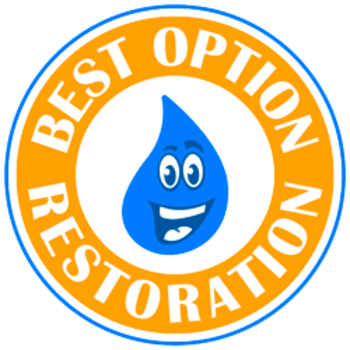
How to Find the Right Restoration Company
When disaster strikes—be it from a burst pipe, a raging fire, or a severe storm—the aftermath can be overwhelming. In these critical moments, selecting a restoration company that aligns with your specific needs is paramount. This guide offers a step-by-step approach to help you choose the best restoration company for water and fire damage, complete with a comprehensive checklist.
Understanding Your Restoration Needs
- Water Damage: Prompt action is crucial to mitigate health risks associated with mold growth. The Environmental Protection Agency (EPA) emphasizes the importance of swift response to water damage to prevent mold proliferation. The Institute of Inspection Cleaning and Restoration Certification (IICRC) underscores the necessity of proper drying techniques and moisture measurement, recommending that restoration companies employ certified technicians trained in the latest water extraction and dehumidification methods.
- Fire Damage: Addressing fire damage involves managing soot, smoke odors, and structural issues. The National Fire Protection Association (NFPA) advises selecting professionals experienced in assessing structural integrity and hazardous material removal, ensuring a safety-first approach to fire damage repairs.
Key Factors in Choosing a Restoration Company
- Certifications and Licenses: Ensure the company holds relevant certifications, such as those from the IICRC, indicating adherence to industry standards. Verify state and local licenses to confirm compliance with regulations. Additionally, confirm that the company carries liability insurance and workers' compensation to protect both you and their employees during the restoration process. Best Option Restoration meets these requirements, maintaining full certification, proper licensing, and insurance coverage to ensure professional and safe service on every job.
- Experience and Expertise: Opt for companies with a proven track record in handling situations similar to yours. Inquire about their experience with specific types of damage and request case studies or references from past projects. The National Association of Home Builders (NAHB) recommends choosing companies whose staff undergo continuous education to stay updated with the latest technologies and compliance standards, ensuring superior service delivery.
- Response Time and Availability: Time is of the essence in restoration work. Companies that offer 24/7 emergency services and can respond quickly are invaluable in mitigating further damage. Ask about their typical response time for emergencies and ensure they can arrive on-site promptly. Best Option Restoration is known for its rapid response, with teams available around the clock to handle any size disaster efficiently and minimize long-term damage.
- Customer Reviews and References: Feedback from previous clients can provide valuable insights into the quality of the company’s services. Explore online reviews on platforms like Yelp and Google Reviews, and request testimonials from previous clients. A reputable company should be willing to provide contacts of satisfied customers who can share their experiences.
- Transparent Pricing and Detailed Estimates: Restoration can be costly, so it’s crucial that the company provides a detailed cost estimate before starting work. The estimate should include all potential costs—both for materials and labor. Transparency and no hidden fees are key to building trust.
Comprehensive Checklist for Choosing a Restoration Company
1. Define Your Needs: Determine whether you're dealing with water damage, fire damage, or both.
2. Verify Certifications and Licenses: Confirm the company holds relevant certifications like IICRC and appropriate state licenses.
3. Assess Experience: Choose companies with a proven track record in handling situations similar to yours.
4. Check Availability: Ensure the company offers 24/7 emergency services and can respond promptly.
5. Review Customer Feedback: Read online reviews and request references from previous clients.
6. Obtain Detailed Estimates: Request comprehensive, written estimates outlining the scope of work and associated costs.
7. Evaluate Communication: Assess their responsiveness and clarity in communication.
8. Understand Their Process: Inquire about their assessment methods, equipment used, and safety protocols.
9. Confirm Insurance Coverage: Verify that the company carries liability insurance and workers' compensation.
10. Seek Local Expertise: Consider companies familiar with local regulations and challenges.
Special Considerations for Fire Damage Restoration
- Comprehensive Assessment: Choose experts who provide thorough inspection services that address smoke odor removal, air duct cleaning, and the stabilization of compromised structures.
- Cost Transparency: Understanding the estimated costs upfront helps avoid unexpected expenses later.
- Rehabilitation Support: Prefer companies that offer assistance with insurance claims and advice on restoring salvaged personal belongings.
Leveraging Expert Resources
- Government Resources: Agencies like FEMA provide guidelines and checklists for selecting reliable contractors.
- Consumer Advocacy Groups: Organizations such as the Consumer Product Safety Commission offer valuable insights into choosing responsibly.
- Industry Associations: Referrals from bodies like the Restoration Industry Association (RIA) can highlight companies with good standing and peer-reviewed performance.
